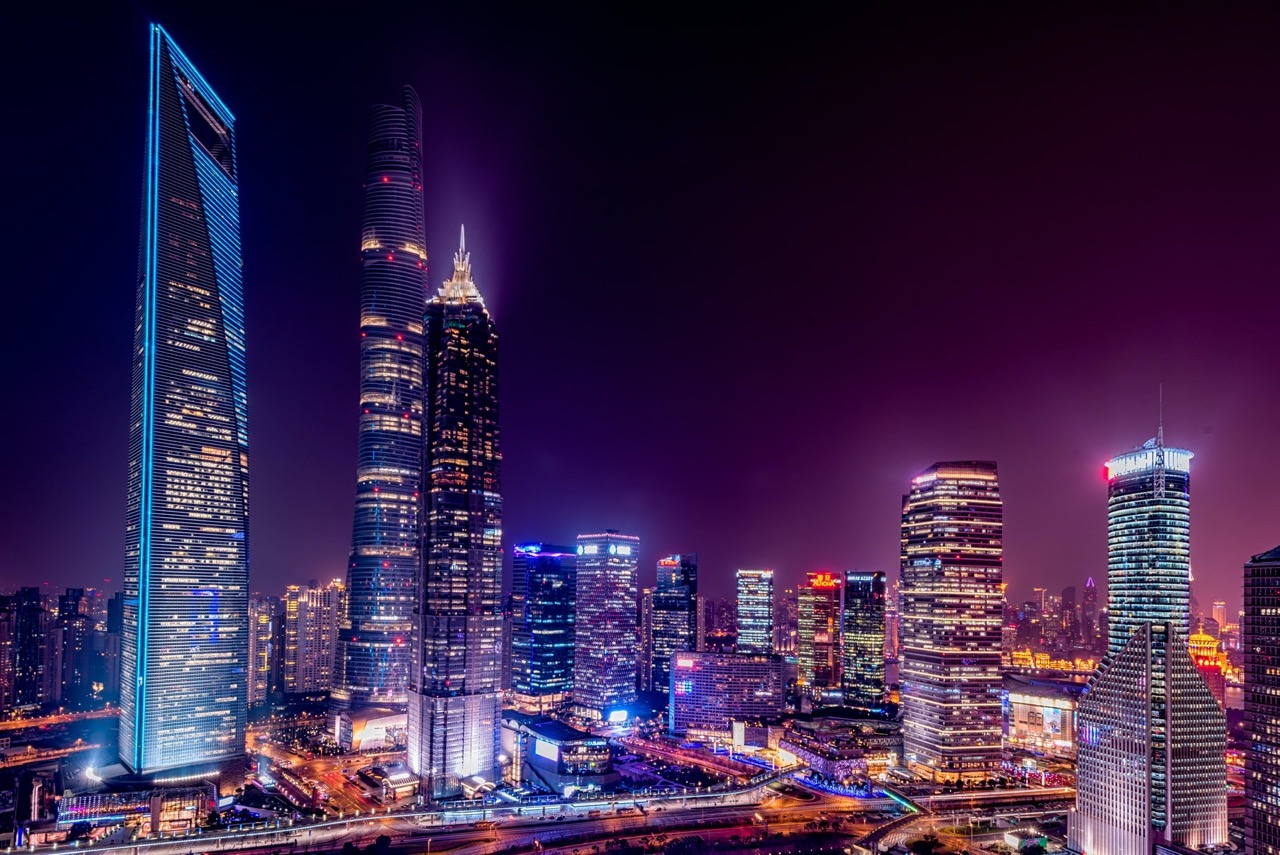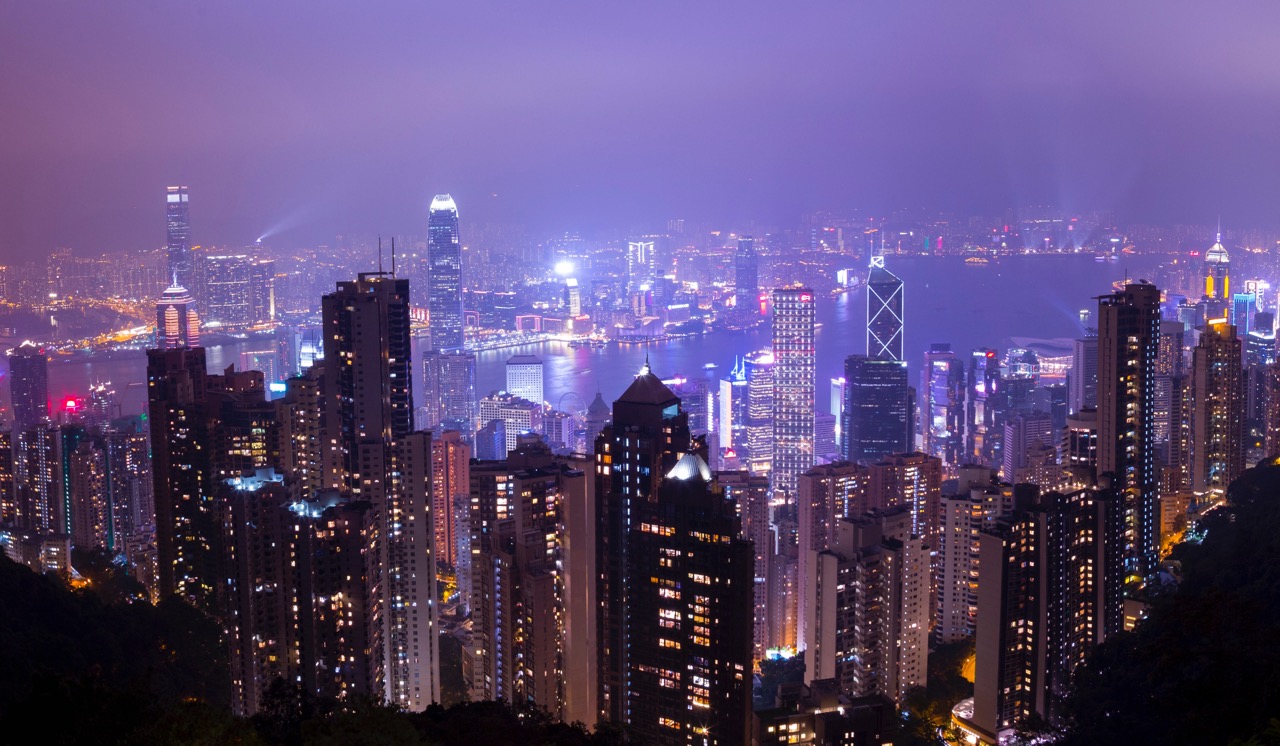Night cityscapes can be visually stunning, with the vibrant colors and lights of the city creating a beautiful and dynamic scene. It can evoke feelings of nostalgia and memories of past experiences in the city, making it a sentimental and meaningful place for many people. For some, the city at night can represent a sense of freedom and independence, with the ability to explore and experience the city on their own terms.
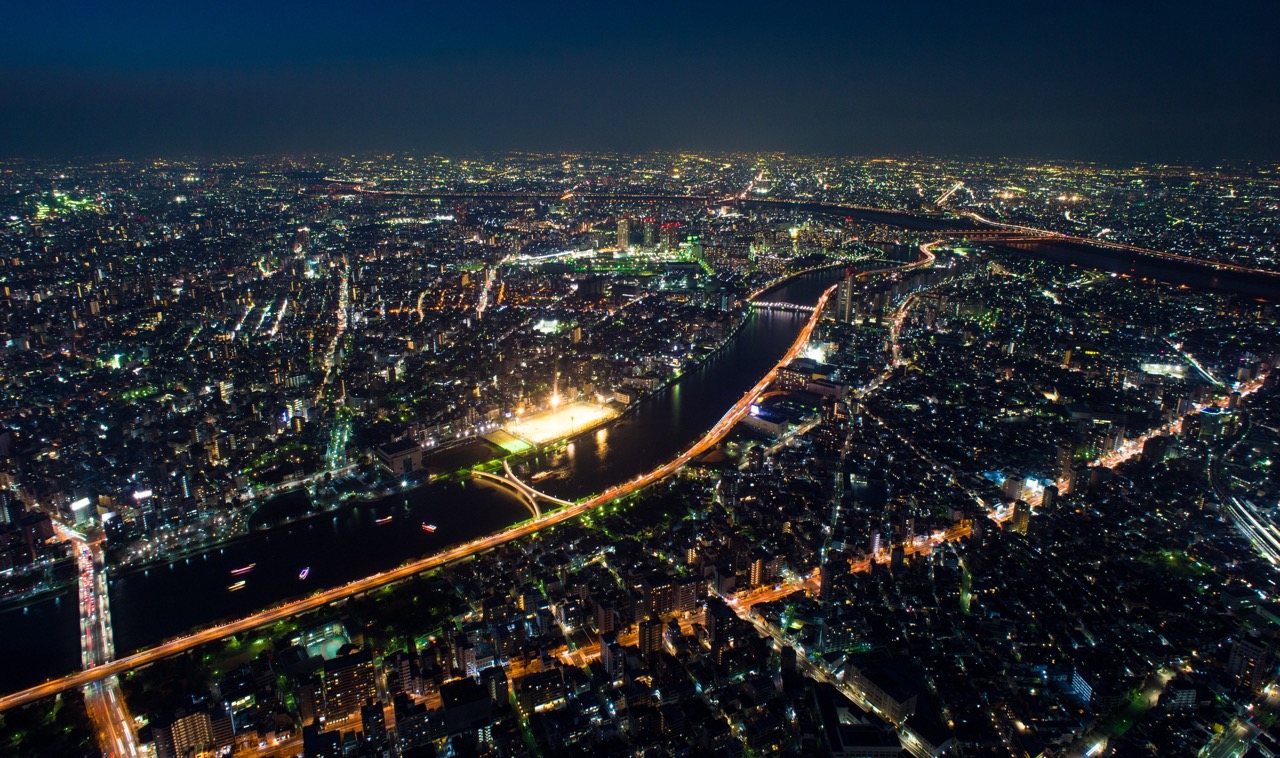
Cameras I recommend
Sony A7S III: This full-frame mirrorless camera has excellent low-light performance, with a maximum ISO of 409,600. It also has 5-axis in-body image stabilization and 4K video capabilities.
Canon EOS R5: This full-frame mirrorless camera has a high-resolution sensor and excellent low-light performance, with a maximum ISO of 51,200. It also has 5-axis in-body image stabilization and 8K video capabilities.
Lens I recommend
Depending on your scene, you may choose below lens:
Wide-angle lens: A wide-angle lens, such as a 16-35mm or 24-70mm, can help you capture the entire cityscape and create a sense of space and depth. It is also useful for capturing the city lights and the night sky.
Fast prime lens: A fast prime lens, such as a 35mm or 50mm f/1.4, can help you capture sharp and detailed images in low light conditions. It is also useful for creating a shallow depth of field and isolating specific elements in the cityscape.
Telephoto lens: A telephoto lens, such as a 70-200mm or 100-400mm, can help you zoom in on specific details in the cityscape, such as buildings, bridges, or landmarks. It is also useful for compressing the perspective and creating a unique and dramatic effect.
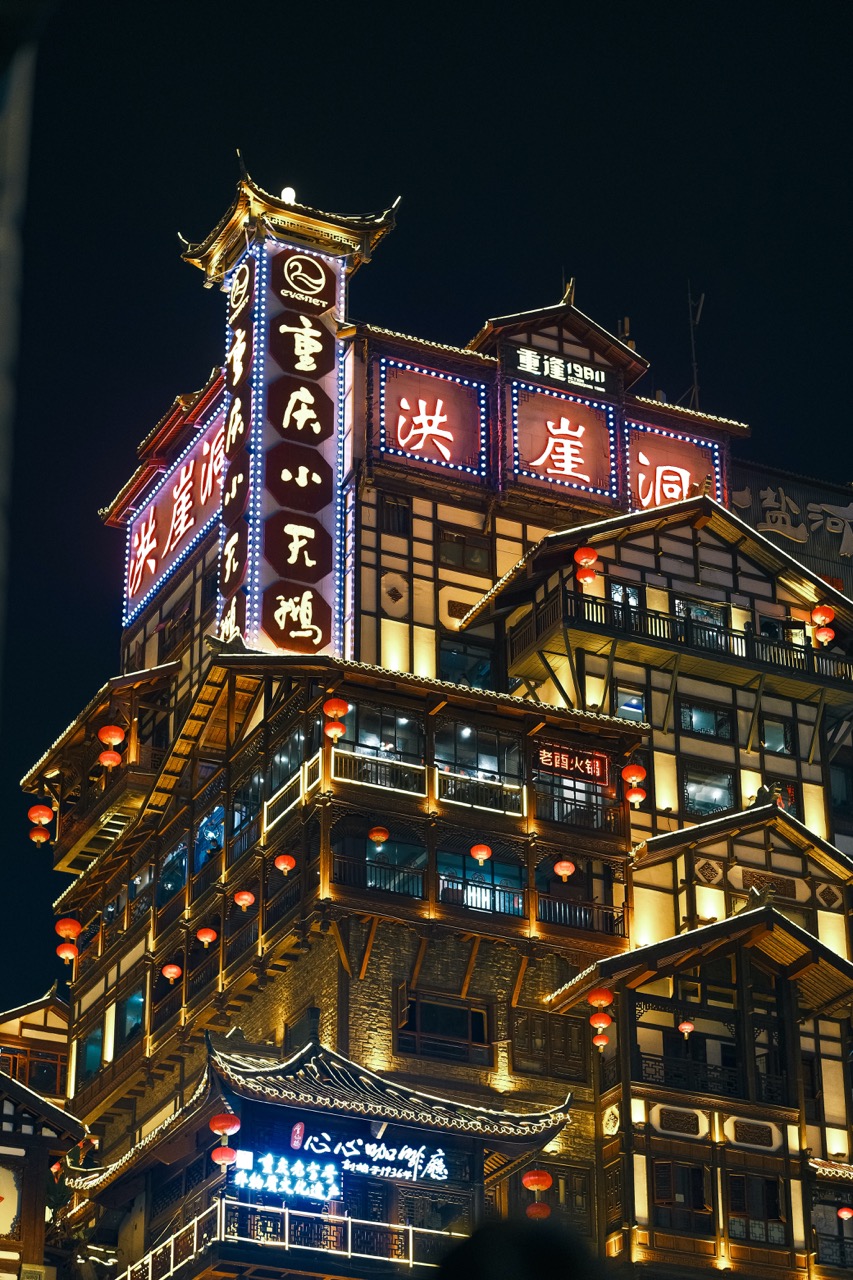
Few tips
Choose the right lens: A wide-angle lens can help you capture the entire cityscape, while a telephoto lens can help you zoom in on specific details. Also, set your camera to manual mode: Manual mode will give you full control over your camera’s settings, allowing you to adjust the aperture, shutter speed, and ISO to achieve the desired effect.
Choose a low ISO: A low ISO, such as 100 or 200, will help reduce noise in your photos and produce a cleaner image. Use a slow shutter speed: A slow shutter speed, such as 10-30 seconds, will allow you to capture the ambient light and the movement of the city lights.
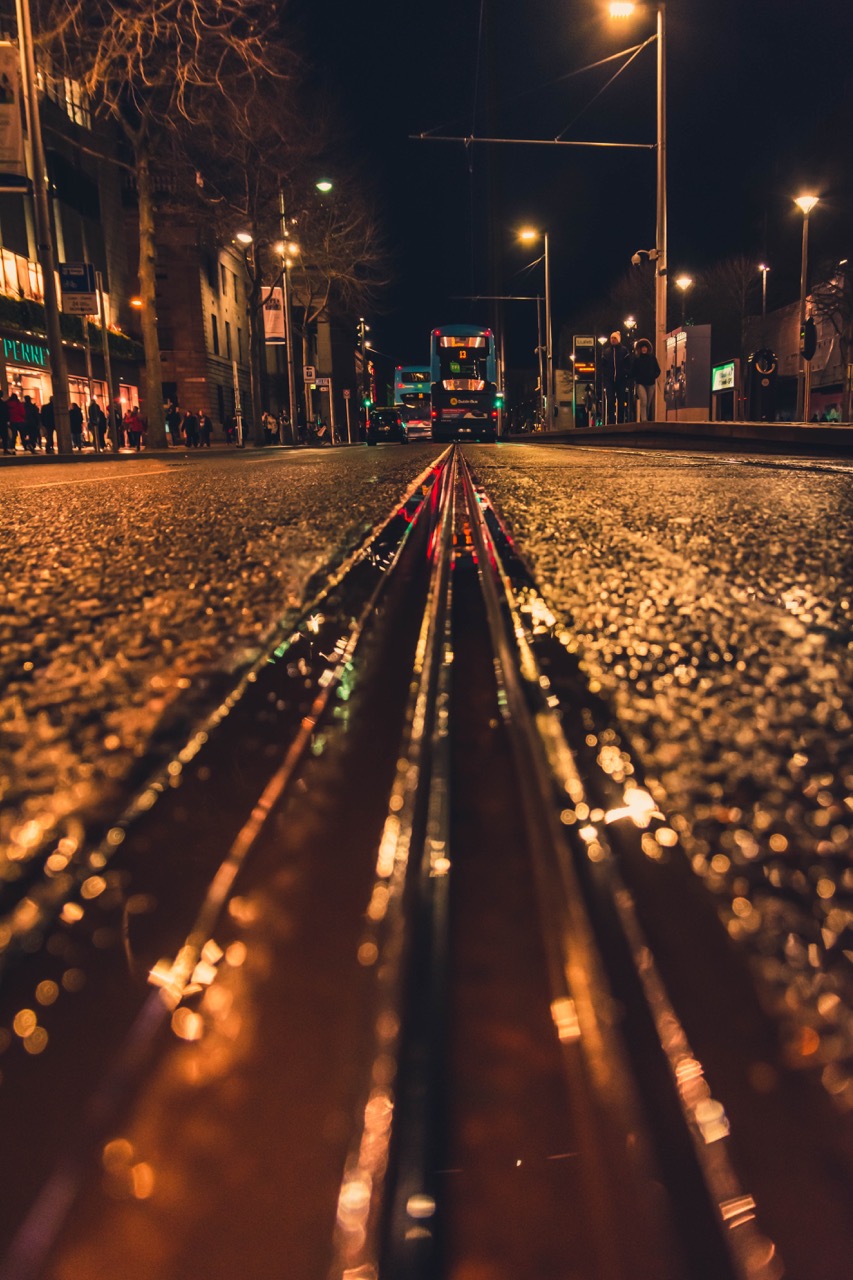
Experiment with aperture: A wide aperture, such as f/2.8 or f/4, can create a shallow depth of field, blurring the background and making the city lights stand out.
Shoot in RAW: Shooting in RAW format will give you more flexibility in post-processing and allow you to adjust the exposure, white balance, and other settings as needed.
Post-editing
Editing is subjective, and what looks good to one person may not look good to another. It’s important to experiment with different editing techniques and find the style that works best for your photo and your personal preferences.
- Adjust brightness and contrast: Adjusting the brightness and contrast can help bring out the details in the photo and make the colors pop.
Adjust white balance: The colors in night photos can often be distorted due to artificial lighting, so adjusting the white balance can help bring back natural-looking colors.
Reduce noise: Night photos can often be noisy, especially in the shadows, so using noise reduction tools can help clean up the image.
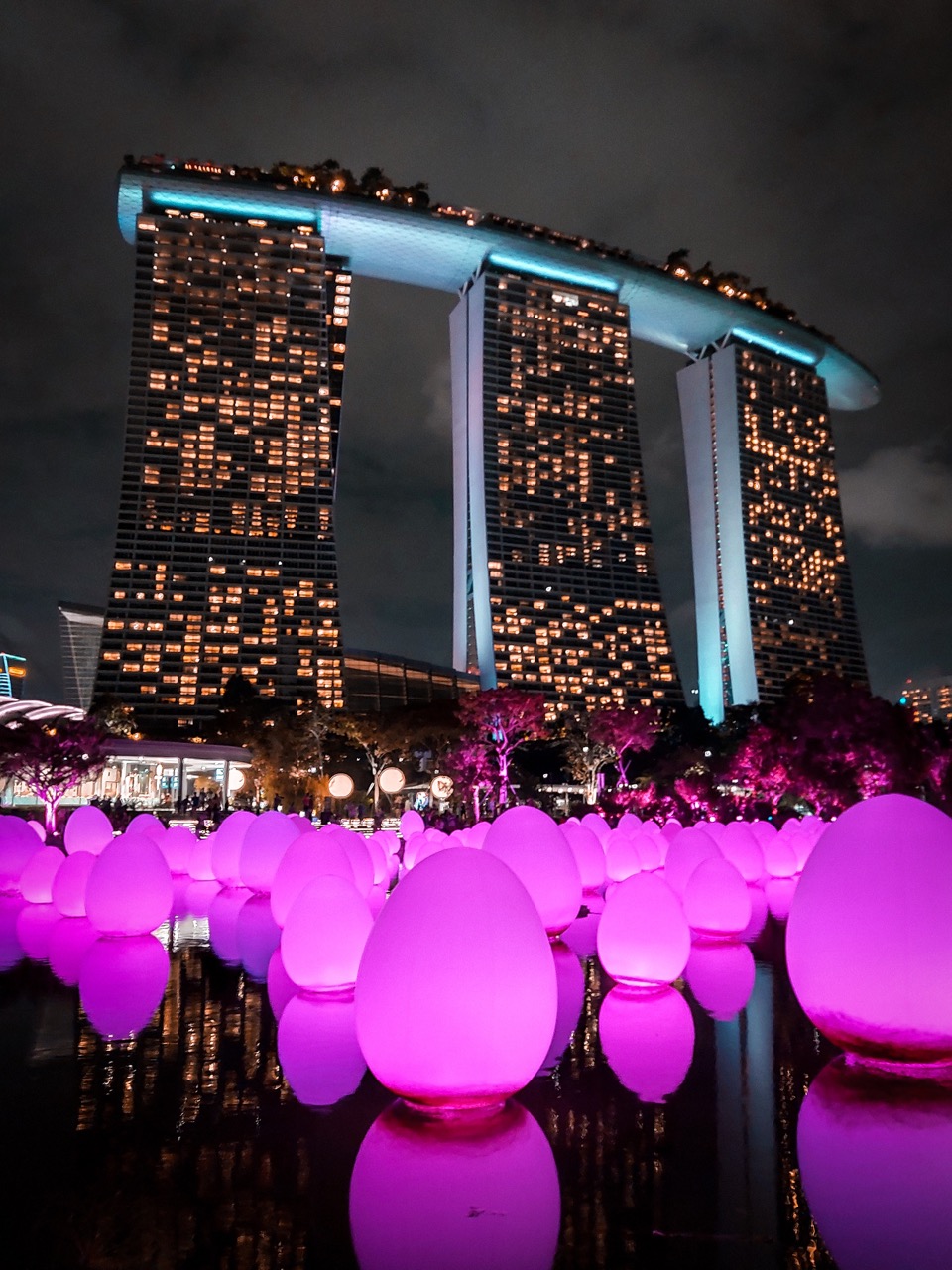
Adjust sharpness: Adjusting the sharpness can help bring out the details in the photo and make the image look crisper.
Adjust saturation: Adjusting the saturation can help make the colors in the photo more vibrant and vivid.
Overall
Night cityscapes offer a unique and compelling experience that appeals to a wide range of people for different reasons. Whether it’s the beauty, energy, nostalgia, or sense of adventure, there’s something about the city at night that captures the imagination and draws people in.
